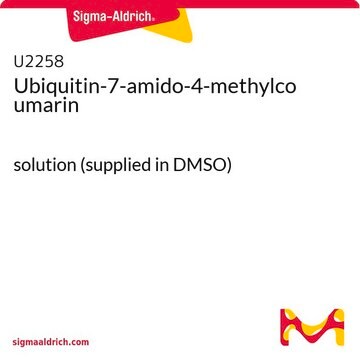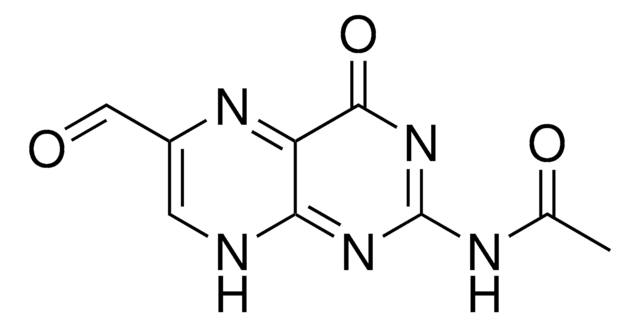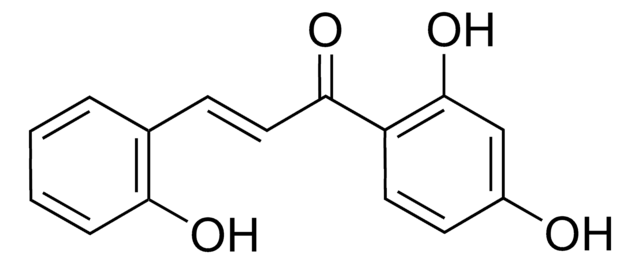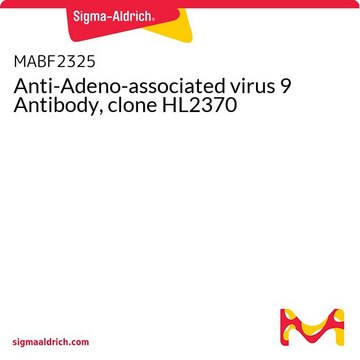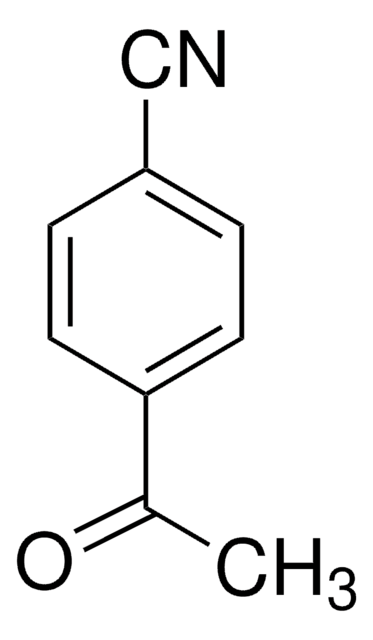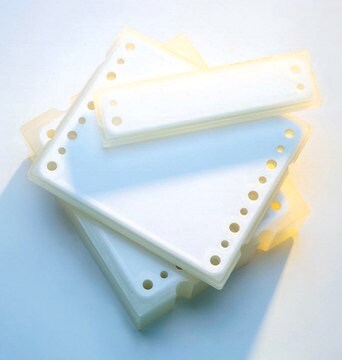MABF2075
Anti-MR1 Antibody, clone 26.5
clone 26.5, from mouse
Synonim(y):
Major histocompatibility complex class I-related gene protein, MHC class I-related gene protein, Class I histocompatibility antigen-like protein
About This Item
Polecane produkty
pochodzenie biologiczne
mouse
forma przeciwciała
purified immunoglobulin
rodzaj przeciwciała
primary antibodies
klon
26.5, monoclonal
reaktywność gatunkowa
rat, bovine, mouse, human
opakowanie
antibody small pack of 25 μL
metody
flow cytometry: suitable
immunoprecipitation (IP): suitable
izotyp
IgG2aκ
numer dostępu NCBI
numer dostępu UniProt
docelowa modyfikacja potranslacyjna
unmodified
informacje o genach
human ... MR1(3140)
Opis ogólny
Specyficzność
Immunogen
Zastosowanie
Flow Cytometry Analysis: A representative lot detected MR1 in flow cytometry applications (Huang, S., et. al. (2005). J Biol Chem. 280(22):21183-93; Gold, M.C., et. al. (2010). PLoS Biol. 8(6):e1000407; Huang, S., et. al. (2009). Proc Natl Acad Sci U S A. 106(20):8290-5).
Inhibits Activity/Function Analysis: A representative lot inhibited the activation of mucosal-associated invariant T (MAIT) cells by MR1 protein. (Huang, S., et. al. (2009). Proc Natl Acad Sci U S A. 106(20):8290-5).
Inflammation & Immunology
Jakość
Flow Cytometry Analysis: 1 µg of this antibody detected MR1 in one million MR1-transfected WT3 mouse embryonic fibroblasts.
Opis wartości docelowych
Postać fizyczna
Przechowywanie i stabilność
Inne uwagi
Oświadczenie o zrzeczeniu się odpowiedzialności
Nie możesz znaleźć właściwego produktu?
Wypróbuj nasz Narzędzie selektora produktów.
Certyfikaty analizy (CoA)
Poszukaj Certyfikaty analizy (CoA), wpisując numer partii/serii produktów. Numery serii i partii można znaleźć na etykiecie produktu po słowach „seria” lub „partia”.
Masz już ten produkt?
Dokumenty związane z niedawno zakupionymi produktami zostały zamieszczone w Bibliotece dokumentów.
Nasz zespół naukowców ma doświadczenie we wszystkich obszarach badań, w tym w naukach przyrodniczych, materiałoznawstwie, syntezie chemicznej, chromatografii, analityce i wielu innych dziedzinach.
Skontaktuj się z zespołem ds. pomocy technicznej